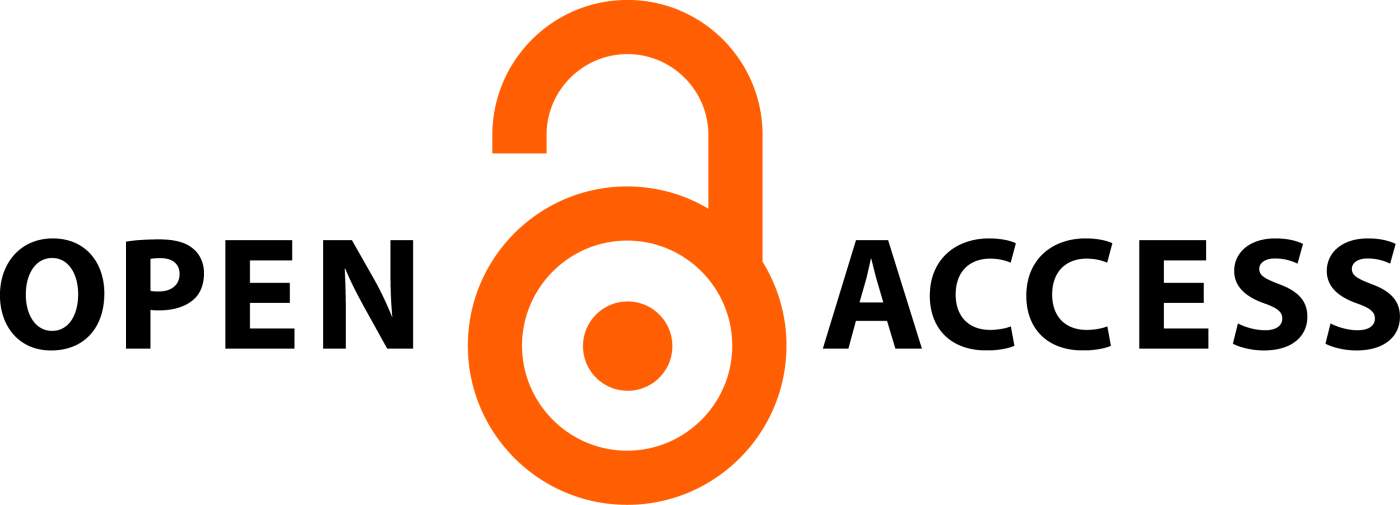PREPARATION AND EVALUATION OF NEEM (AZADIRACHTA INDICA) EXTRACT MICROBEADS USING HYDROGEL SYSTEM FOR WOUND HEALING
Abstract
Introduction: Neem (Azadirachta indica, Meliaceae) is being used as an antimicrobial agent in traditional systems of medicines since ancient times. Neem is also applied on wounds in the form of aqueous extracts of various parts of the plant but is associated with problems of stability on long term storage. Objective: In the present work, the aim was to incorporate Neem (Azadirachta indica) extract in hydrogel system and prepare microbeads for application on wounds. Material and methods: The microbeads were prepared by mixing of drug and polymers to cause poly ionic complexation. The formulation was evaluated for various pharmaceutical parameters such as Solubility, Drug Release, Water Holding Capacity, % Drug Entrapped, Bead Diameter Measurement and Antimicrobial study. Result and Discussion: The evaluation of the optimized batch showed % drug entrapped to be 5.61 %, drug release of 65.688% in phosphate buffer pH 8 within 5 hrs and water uptake of 80% which were similar to the solutions obtained by the design expert DX7 Statease software. This suggested that the optimization model is validated. The microbeads of the optimized batch had a diameter of approximately 80 μm. Conclusion: Polymeric encapsulation in the form of beads allowed controlled delivery as well as enhanced stability of Azadirachtin. It provides a cost-effective antimicrobial therapy.
Downloads
All the articles published in JAPSR are distributed under a creative commons license (CC BY-NC-SA 4.0)
Under this license, you are free to:
- Share- copy and redistribute the material in any medium or format for any purpose, even commercially.
- Adapt- remix, transform, and build upon the material for any purpose, even commercially.
The licensor cannot revoke these freedoms as long as you follow the license terms.
- Attribution — You must give appropriate credit , provide a link to the license, and indicate if changes were made . You may do so in any reasonable manner, but not in any way that suggests the licensor endorses you or your use.
- NonCommercial — You may not use the material for commercial purposes .
- ShareAlike — If you remix, transform, or build upon the material, you must distribute your contributions under the same license as the original.
- No additional restrictions — You may not apply legal terms or technological measures that legally restrict others from doing anything the license permits.
Copyright policy
The journal allows the author(s) to hold the copyright of their work. That means the authors do not need to transfer the copyright of their work to the journal. However, the authors grant JAPSR a license to publish the article and identify itself as the original publisher.
Licensing policy
The journal allows the author(s) to hold the copyright of their work. That means the authors do not need to transfer the copyright of their work to the journal. However, the authors grant JAPSR a license to publish the article and identify itself as the original publisher.






